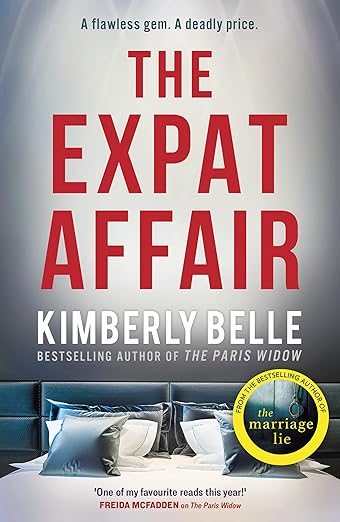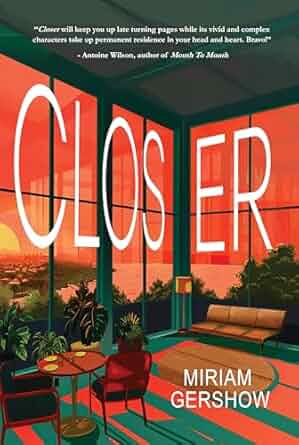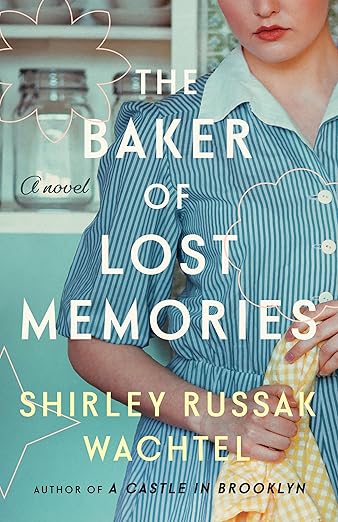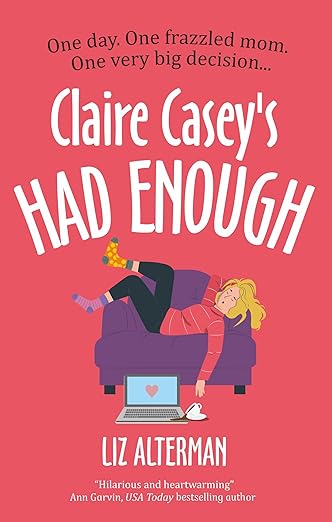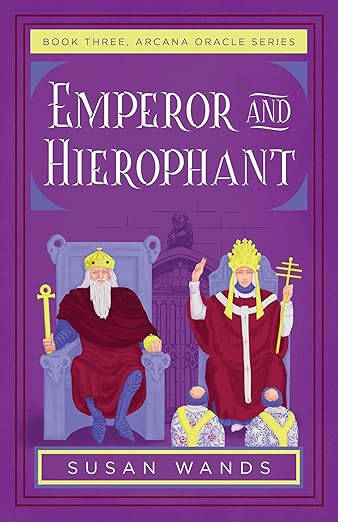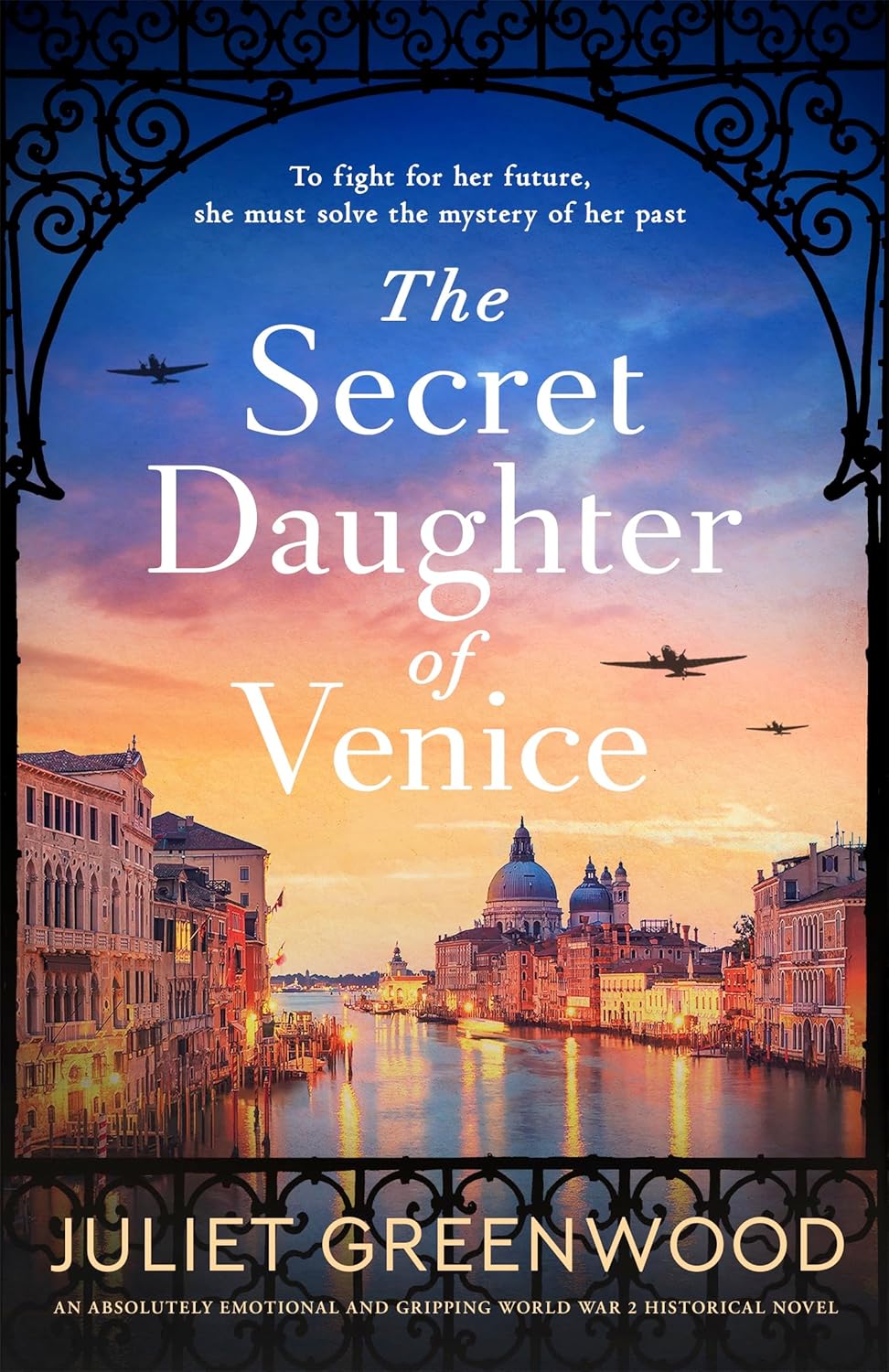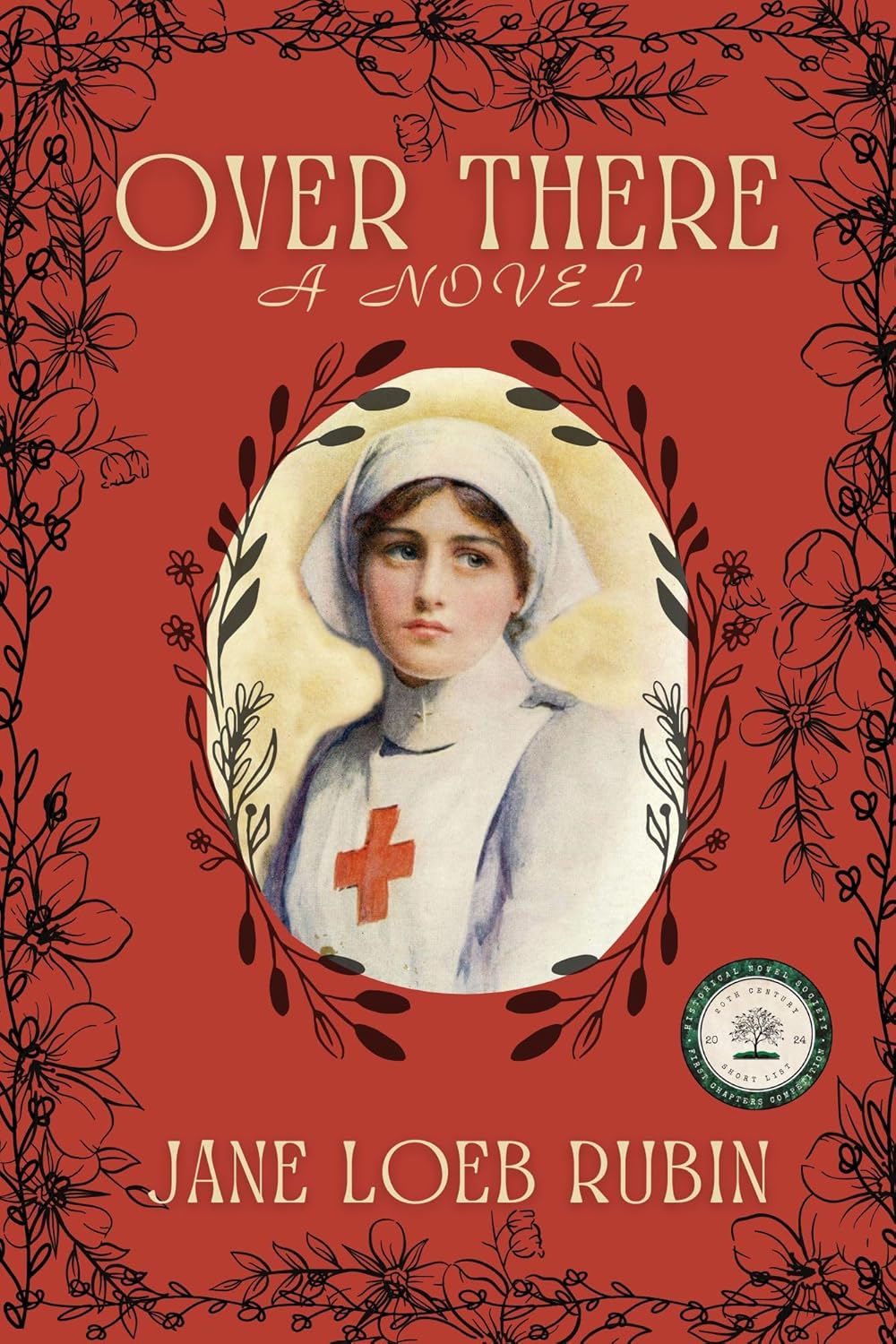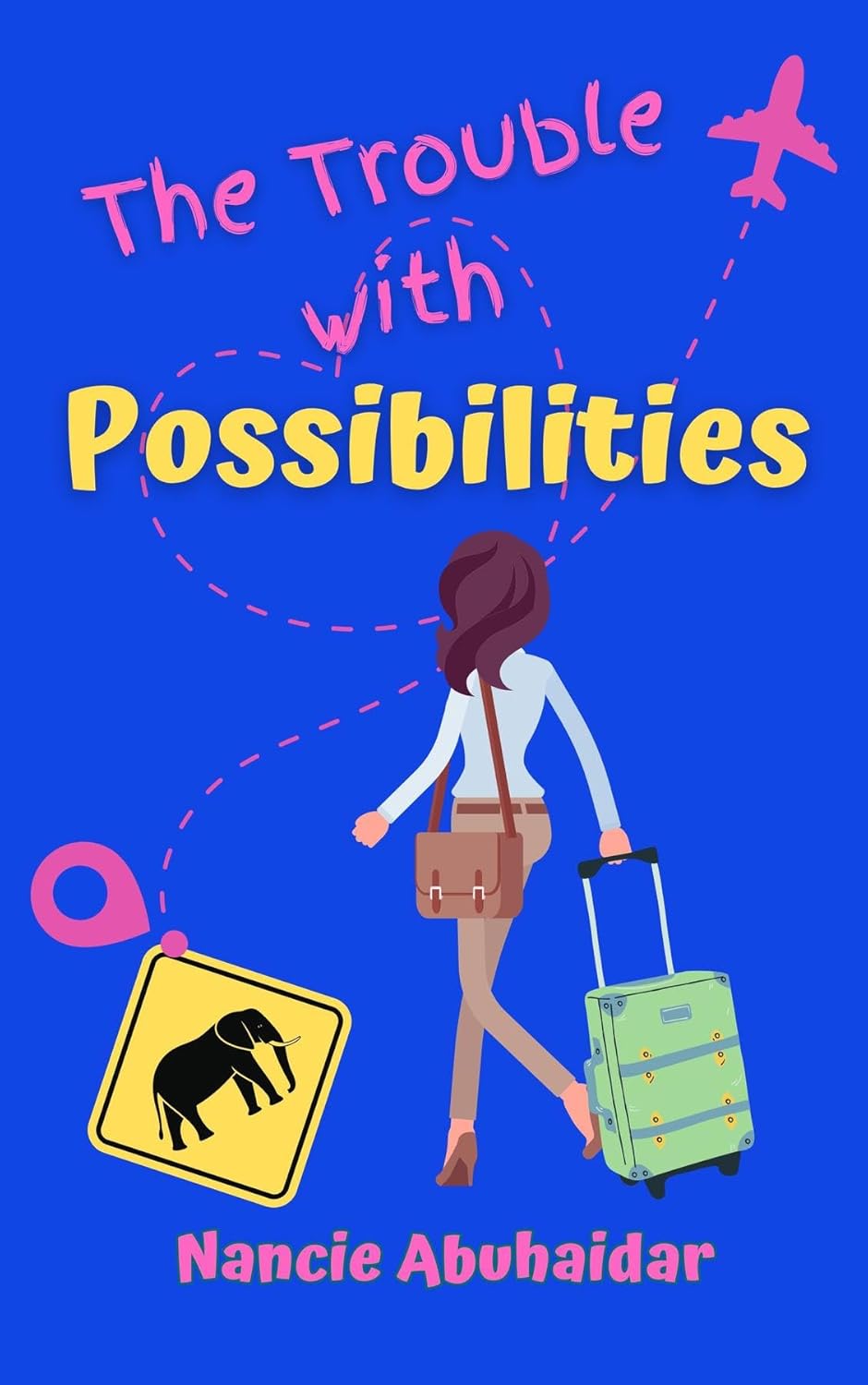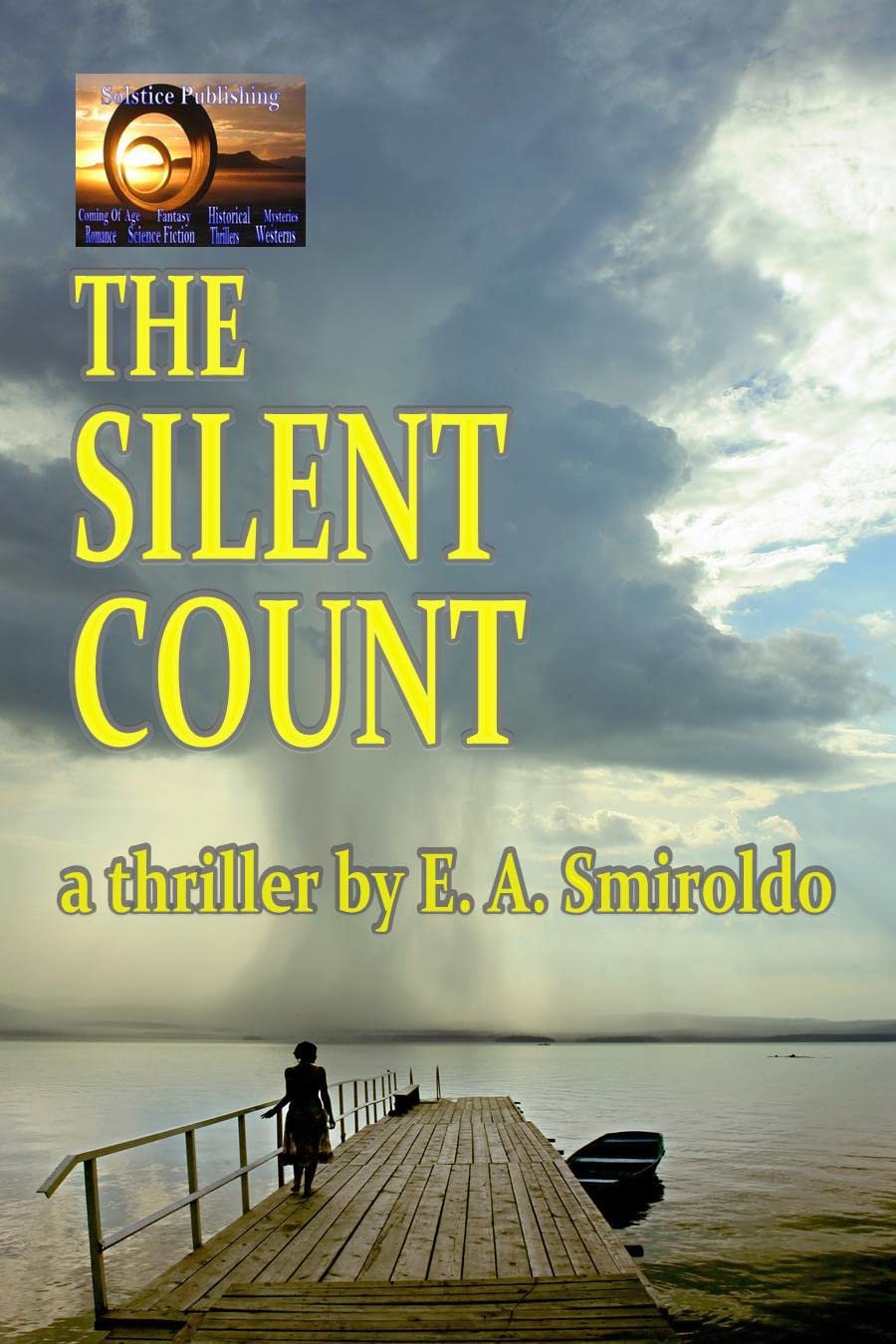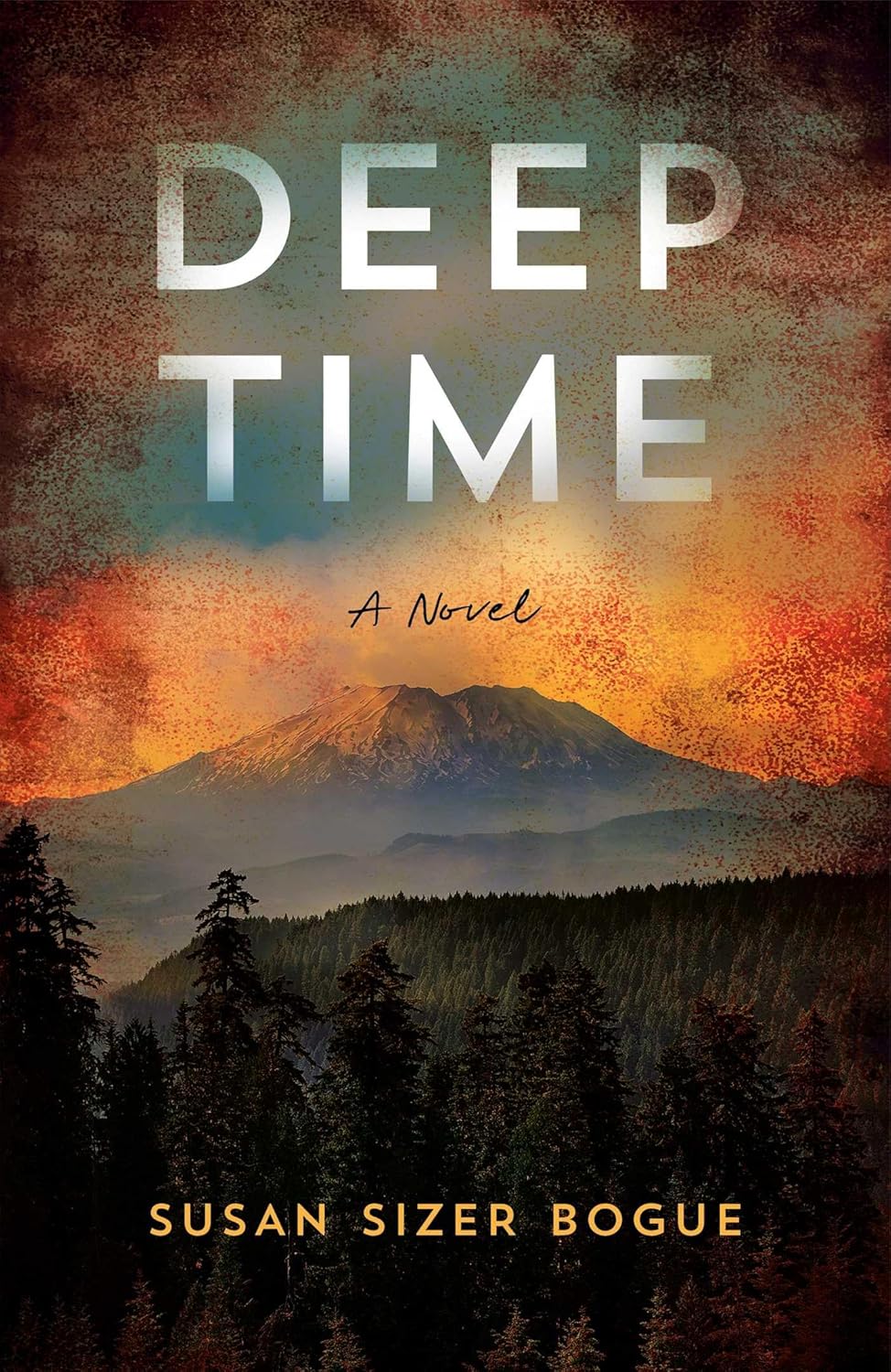Writing for Children is more than Just Child’s Play
 Writing for Children is more than Just Child’s Play by Lorraine Mace, author of Vlad the Inhaler – Hero in the Making
Writing for Children is more than Just Child’s Play by Lorraine Mace, author of Vlad the Inhaler – Hero in the Making
With the rising market awareness of children’s books, it is not surprising that many would-be authors are deciding to try their luck with this genre, believing it to be an easy route to success. In fact, writing for children is as difficult as penning a best-selling crime, romance or thriller (as a crime author as well as writing for children, I know this to be true). The word count may be lower, but making sure your novel pleases a young audience requires as much hard work and rewriting as any other genre.
What do children want from their literature?
A book for young readers has to engage the child’s interest in every conceivable way. The boredom threshold is generally lower for children than for adults, so it is essential the author grabs their audience from the first paragraph and doesn’t let go. Adults are often prepared to read on past the opening pages to give the book a chance to improve, few children will do so.
Young readers need to feel the emotions and insecurities of the characters. They want to hurt when their heroes do, cheer when the bad guys are vanquished, groan at the soppy humour and laugh out loud at comic antics.
So how does a prospective writer of children’s books get the mix right? Children’s tastes vary as much as adults when it comes to choosing something to read, but the topics below could help to make your book one they won’t want to put down.
Hook Them Hard and Reel Them In
From the first few paragraphs you want your readers to identify with the plot and main character. By opening with conflict, danger or humour the reader is pitched straight into the story. But it isn’t only at the beginning of the book where you need to grab your readers; you must also end each chapter on a hook. Leave your young protagonist about to be caught by his enemies, or walking into a dangerous situation, so that the readers cannot wait to turn to the next chapter. Then hook them again by not giving them want they want. If, at chapter’s end, the hero is hanging from a cliff by a branch, don’t open the next chapter with his rescue. Leave him, and your readers, hanging for a page or two before returning to the scene.
Use of Language
Getting the vocabulary right is easier than you might think. The most important thing to do is listen to children interacting.
- Watch television programmes aimed at the age group for which you are writing
- Listen to how children argue
- Ask the children you know to tell you a joke to give you an idea of their vocabulary level
- Make notes of today’s ‘in’ words, but don’t try to be too trendy, as slang dates very quickly
- Don’t use jargon out of context or colloquialisms from your youth
Characters – Love Them, Hate Them, Make Them Real
No one is all good or all bad and children know this instinctively. They can spot a cardboard cut-out from page one, and often won’t read on to page two.
To avoid having one-dimensional characters it is important to think about every aspect of your fictional beings, even those details that will never appear in your book. Visualise the way they walk, dress and talk, how something is said is an easy way of creating character traits.
Above all, children need heroes they can identify with. Give your good guys flaws and your baddies redeeming features. If you can hate your bad guys, but still feel sorry for them, then your readers will as well. Try to make sure your readers understand why your villains act as they do.
It is a good idea to avoid long descriptions of how people look. Allow young readers to process the information by drip-feeding details.
If you believe in the people you create, then so will your readers. As you write, feel what they feel, laugh with them, allow your heart to break when theirs does and you’ll have characters that will leap off the page.
Some Themes to Consider
Gadgets that work – kids love gadgets and enjoy reading about inventions, the more outlandish the better.
Gadgets that don’t – gadgets that malfunction and cause mayhem are always enjoyed.
Things that go bump in the night – witches, warlocks, vampires, ghouls, ghosts and goblins have a timeless appeal.
Time travel forward – finding new life forms and visiting distant stars in the future opens endless doors to explore.
Time travel back – an opportunity to rewrite history, or simply have adventures in the past.
New worlds to conquer – writing fantasy gives you the freedom to create new planets and countries, as well as generating new beings to inhabit them.
Computers on the outside – most children today are more computer literate than their parents and might enjoy a tale about a computer boffin or hacker, particularly if he is evil and defeated by your heroes.
Computers on the inside – computer games that swallow the players, forcing them to play for their lives inside the machine, could have your young readers on the edge of their seats.
Pace and Humour
The more action you can inject into a story, the more involved your readers will be. If the heroine is hurtling along an alley, dodging missiles and jumping over obstacles, while carrying a flask containing a deadly virus, the chances are the reader won’t be able to breathe until she is safe once again.
Using humour can also add pace and depth. Reading about situations where someone with whom they identify gets into one hilarious mess after another is particularly appealing to young readers. Humour is important to kids. They love to read stories that reflect their own hopes and dreams, but, if you can find a way of tickling their funny bones at the same time, you’ll have a winning formula.
A Rough Guide to What Children (and Publishers) Want
Publishing houses vary, so it is a good idea to check guidelines before submitting anything. The categories below will give you an idea of the style and length required.
Ages 6-9 need short, easy-to-read chapters, with lots of action, dialogue and humour. It’s important to keep the storyline simple, but still inject the maximum amount of excitement. General word count 3,500-8,000
Ages 9-12 are looking for novels with strong characters and fast-paced, exciting plots ranging from fantasy to tales set in schools and everything in-between. Children from this age group love stories in which a bully gets some well-deserved retribution, or the villain is vanquished, preferably in a horrible manner. General word count 15,000-50,000
Ages 12 and older are no longer looking for kids’ books; they want themes that have more relevance to their own lives, such as bullying, divorce and friendship. This age group also enjoys fantasy, sci-fi and humour, but on a more adult level than their younger counterparts. General word count 35,000 plus
Writing for children is more than just child’s play, but is worth the effort required. A good children’s novel will be a child’s friend for life. Think back to your own childhood and the type of book you read under the bedcovers by torchlight. To write a book that children cannot put down – now that is real success!
—
VLAD THE INHALER: HERO IN THE MAKING
As a ‘hupyre’ (half human and half vampire) Vlad isn’t welcome on either side. He’s eleven, asthmatic, vegetarian, scared of the dark and can’t turn into a bat, but those problems he can cope with. The evil relatives who have invaded and taken over his castle are another matter altogether. With a heart bursting with courage and determination, Vlad faces perilous adventure to save the inhabitants of Malign Village.
BUY HERE http://viewbook.at/Vlad
—
When not working on her best-selling D.I. Sterling series, Lorraine Mace is engaged in many writing-related activities. She is a columnist for both Writing Magazine and Writers’ Forum and is head judge for Writers’ Forum monthly fiction competitions. A tutor for Writers Bureau, she also runs her own private critique and author mentoring service.
Find her at:
Website: www.lorrainemace.com
Blog: http://thewritersabcchecklist.blogspot.com
Twitter: https://twitter.com/lomace
Facebook: https://www.facebook.com/lorraine.mace.52
Category: How To and Tips




